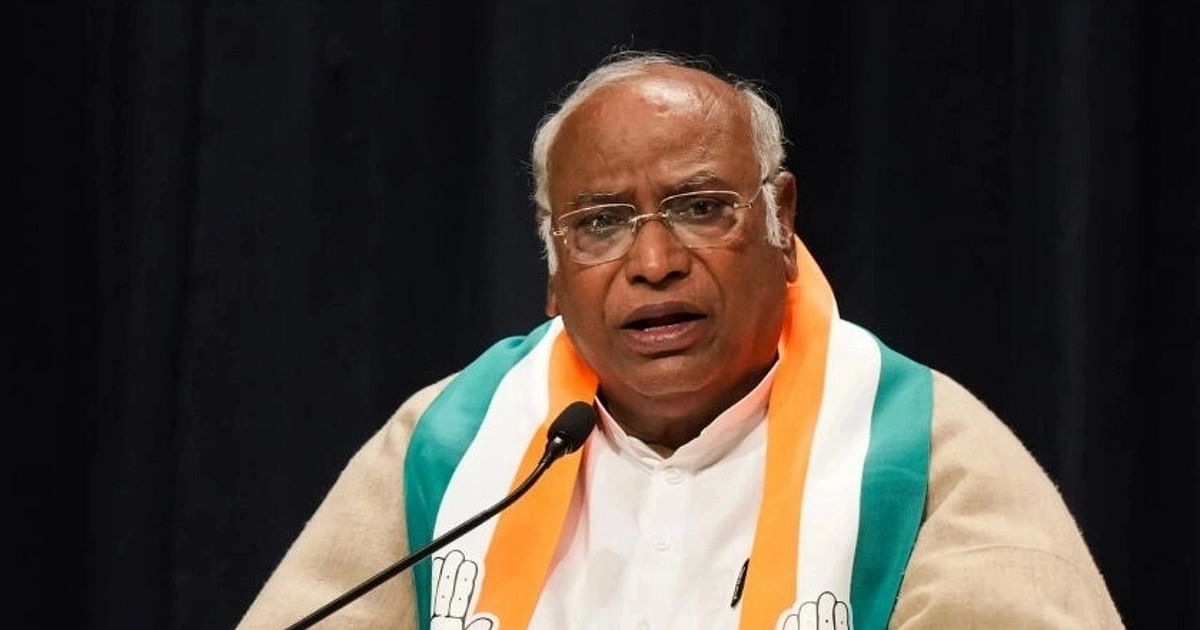Under the leadership of Congress leader Rahul Gandhi, the ‘Bharat Jodo Nyay Yatra’ is set to commence on January 14 from Manipur’s Imphal. The yatra will traverse 15 states across the country before concluding in Mumbai, covering a distance of over 6,700 kilometers in 67 days. The focus of the yatra will be on addressing fundamental social, political, and economic issues in India.
The Congress president, Mallikarjun Kharge, launched the Bharat Jodo Nyay Yatra logo and the tagline “Nyay Ka Haq Milne Tak.” The yatra is expected to pass through 110 districts, cover 100 Lok Sabha seats, and encompass 337 assembly seats during its journey.
Expressing the party’s commitment to justice and addressing grievances, Rahul Gandhi stated, “We are coming back among our own people, against injustice and ego – by raising the slogan of justice. I swear on this path of truth, the journey will continue until I get the right to justice.”
The yatra is scheduled to reach Chhattisgarh after February 16-17, covering seven districts in the state. With a strategic focus on tribal areas, the Congress aims to uplift party morale in Chhattisgarh, where it faced a setback in the recent assembly polls. The ‘Bharat Jodo Nyay Yatra’ is envisioned as a transformative satyagraha, aligning with the Congress’s emphasis on ‘satyagraha’ as a powerful tool for advocating public rights.
Political analysts see the yatra as a significant move by the Congress, reminiscent of Rahul Gandhi’s earlier ‘Bharat Jodo Yatra’ from Kanyakumari to Kashmir. The party aims to rejuvenate its cadres and position itself strategically ahead of the upcoming Lok Sabha elections.
The BJP recently secured victory in Chhattisgarh, winning 54 out of 90 assembly seats, while the Congress managed 35 seats, a decline from its 2018 tally of 68. The Gondwana Gantantra Party secured one seat in the assembly polls.
Senior Congress leader Jairam Ramesh anticipates that the ‘Bharat Jodo Nyay Yatra’ will be as transformative for politics as Rahul Gandhi’s previous yatra, emphasizing its potential impact on the political landscape after independence.”























